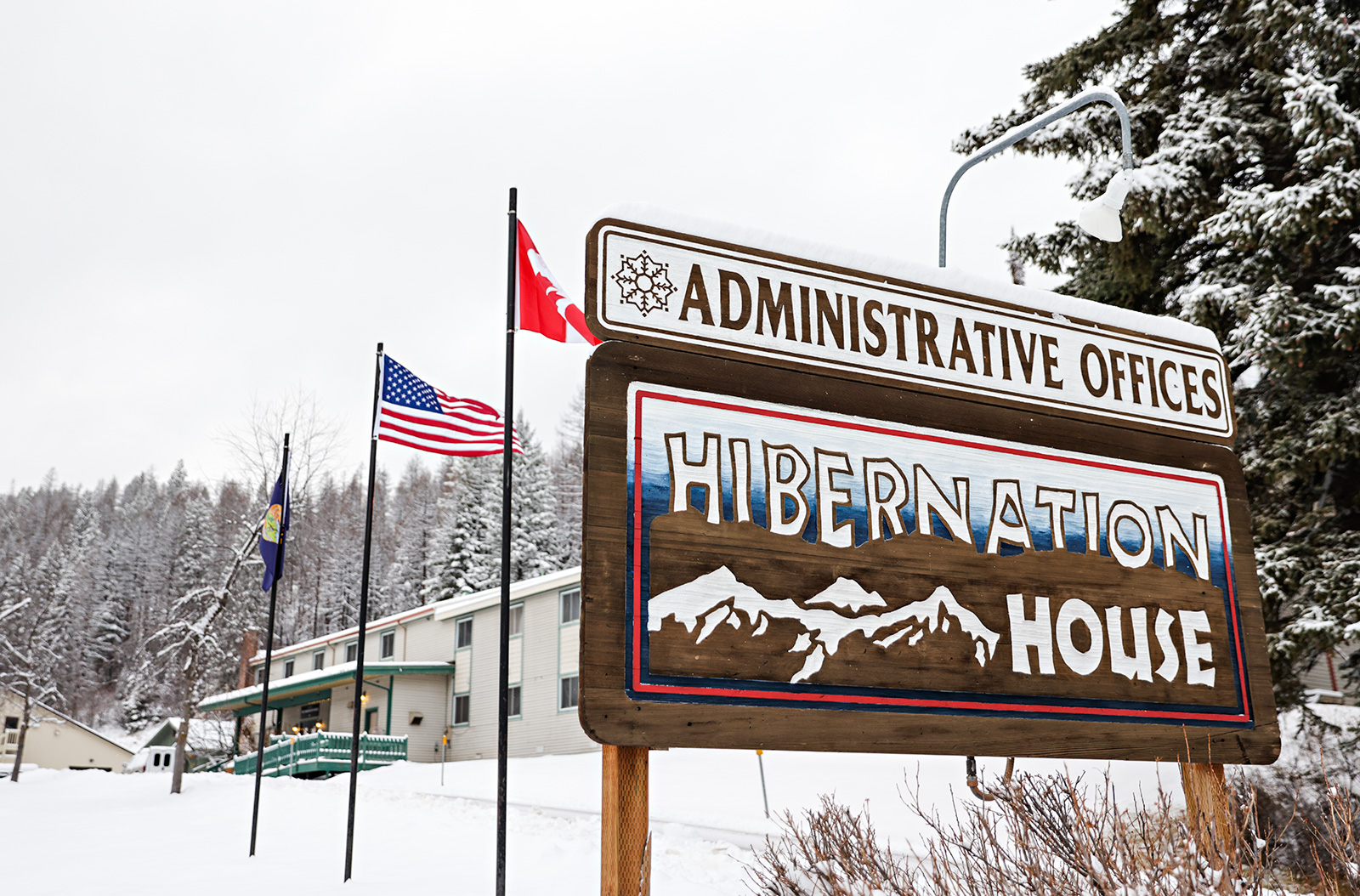Whitefish Mountain Resort Welcomes Back International Workers
After the J-1 visa exchange program was suspended during the winter of 2020, foreign workers return to Montana to fill hiring gaps
By Maggie Dresser
For about 15 years, Whitefish Mountain Resort (WMR) recruited roughly 20 foreign J-1 visa workers to help fill hiring gaps, add to the workforce and bring cultural diversity to the community.
But when the pandemic limited travel and the Trump administration suspended some foreign visas on March 11, 2020, including the J-1 visa, WMR and the local hospitality industries were left with fewer recruitment options amid a nationwide staffing shortage.
Following an absence of J-1 workers at WMR last year, officials have recruited roughly 60 international employees this year from Peru, Chile, Paraguay, Brazil and Malaysia, who are typically students on a cultural exchange program.
“It’s an opportunity to add to our workforce in a way that adds some cultural diversity,” WMR Director of Marketing and Sales Nick Polumbus said. “These students are motivated, intelligent folks that are happy to be here. It traditionally can be challenging to hire seasonally. The fact that we’ve got this group of people who want to be here for a seasonal basis and we have that need, it’s a win-win.”
At the University of Montana Institute for Tourism and Recreation Research, economist and interim director Jeremy Sage says the seasonal tourism industry relies on J-1 students to fill short-term work that’s not attractive for locals.
“It varies business to business, but it’s a huge source of those labor forces in the tourism-dependent area,” Sage said.
Students typically fill jobs like food and beverage, housekeeping and lift operations at WMR, which many locals do not apply for.
“They fill a need that never got filled last year,” Polumbus said. “It fell back on existing staff.”
Last year, while the resort operated with unique pandemic rules like limited seating and services to mitigate the spread of COVID-19, the lack of staff also contributed to limited hours and menus while management and other employees worked overtime.
“The J-1 (helps with) that worker shortage that we are still seeing,” Sage said. “(That requires) a business to either reduce hours or put more demand on the workers they do have, which creates additional stressors on those workers. There are a fair amount of people who end up leaving because the stress is too much.”
In 2020, Montana had 204 J-1 visa workers compared to 2,844 in 2019, according to government data.
Sage says now that J-1 workers have returned this year, it will ease challenges on current workers and allows businesses to operate with full services in a higher-quality work environment.
Historically, WMR officials request about 30 J-1 students, but this year they requested more than 70.
“Overstaffing is a luxury that doesn’t seem possible,” Polumbus said. “We’re doing our best to fill everything that’s posted.”
In anticipation of another staffing shortage this season, managers decided to renovate the resort-owned Hibernation House, an administrative building and former hotel, for employee housing that will provide 48 beds in 24 rooms and a shared kitchen. Some J-1 workers have traditionally stayed at a hotel in town.
Polumbus says the J-1 students have been arriving almost daily since the end of November and they have been participating in trainings and orientation.
“It’s great,” Polumbus said. “I stress that some people worry that we’re hiring these kids instead of locals and that’s just not the case. These are jobs that are not attractive for the local workforce. It’s a win for us and it’s great for the community to have that little infusion of cultural diversity.”